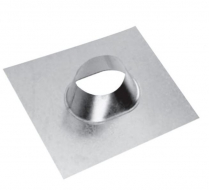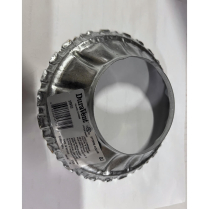Gas piping is a piping system in your house used to carry natural gas from the supply directly to your heating system. The system is made up of branch lines, which run to individual appliances throughout your home.
Branch lines lead to drop lines, which are vertical pipes that drop down to an appliance. Gas pipes can power a range of appliances, not only our heating systems. You can use it for hot water, cooking, fireplaces, washing machines, and others.
Gas pipe equipment solutions in our catalog are from the leading brand DuraVent.
Whether you need a stove pipe rain cap or a stove pipe elbow, we have all the options available to you.
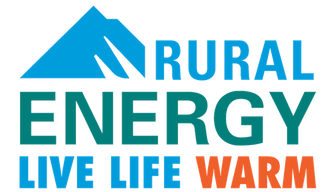
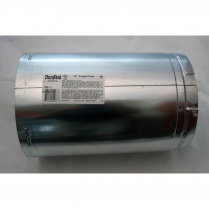




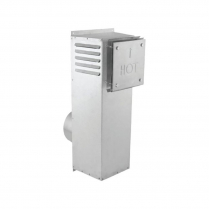

![DuraVent Stove Pipe [H16-B08] B Vent 3" Diameter 24" Length](https://cdn-881a96c5-a77b871b.commercebuild.com/ea6afbbac530cb52fdb196f9ac4bc159/contents/3BV24/thumbnail/middle_3BV24.jpg)
